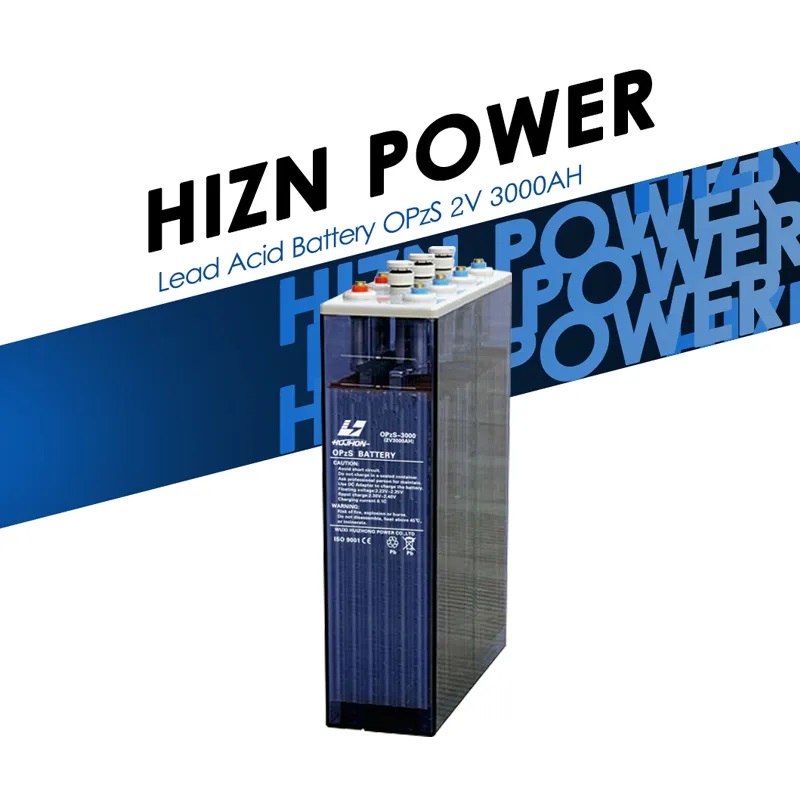Prolonging the life of lead-acid batteries involves proper maintenance, appropriate usage, and following best practices for charging and discharging.
1. Regular Charging
- Avoid Deep Discharges: Do not discharge the battery below 50% of its capacity regularly. Deep discharges can significantly reduce the battery’s lifespan.
- Charge Promptly: Recharge the battery as soon as possible after use to avoid prolonged periods of partial or deep discharge.
2. Proper Charging Practices
- Use the Right Charger: Always use a charger designed for lead-acid batteries with proper voltage and current settings.
- Avoid Overcharging: Overcharging can lead to excessive gassing and heat, which can damage the battery. Use a charger with an automatic cutoff or float charge mode.
- Equalization Charging: Perform equalization charging periodically (as recommended by the manufacturer) to balance the charge across all cells and prevent sulfation.
3. Maintenance
- Check Electrolyte Levels: For flooded lead-acid batteries, regularly check the electrolyte levels and top up with distilled water if necessary. Ensure the plates are always submerged.
- Clean Terminals: Keep the battery terminals clean and free from corrosion. Use a mixture of baking soda and water to clean any corrosion, then rinse with water and dry thoroughly.
- Tighten Connections: Ensure all connections are tight and secure to prevent voltage drops and ensure efficient charging and discharging.
4. Temperature Control
- Avoid Extreme Temperatures: Store and use the battery in environments with moderate temperatures. Extreme heat accelerates water loss and chemical breakdown, while extreme cold can reduce the battery’s capacity and make charging difficult.
- Ventilation: Ensure proper ventilation around the battery to prevent heat buildup during charging and discharging.
5. Storage Practices
- Store Partially Charged: If you need to store the battery for an extended period, store it at about 75% charge. Avoid storing it in a fully discharged state.
- Periodic Charging: For long-term storage, charge the battery every few months to prevent self-discharge from leading to deep discharge conditions.
6. Load Management
- Avoid High Loads: Do not subject the battery to high discharge currents frequently, as this can cause internal heating and damage.
- Balance Loads: If using the battery in a system with multiple batteries, ensure the load is balanced to prevent overworking a single battery.
7. Monitor and Test Regularly
- Regular Testing: Use a battery tester or hydrometer to regularly check the state of charge and health of the battery.
- Monitor Voltage: Keep an eye on the battery voltage during use and charging to ensure it remains within safe limits.
By following these practices, you can significantly extend the lifespan and performance of lead-acid batteries, ensuring they provide reliable service over a longer period.


